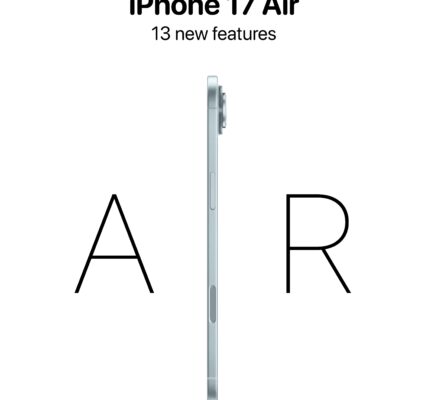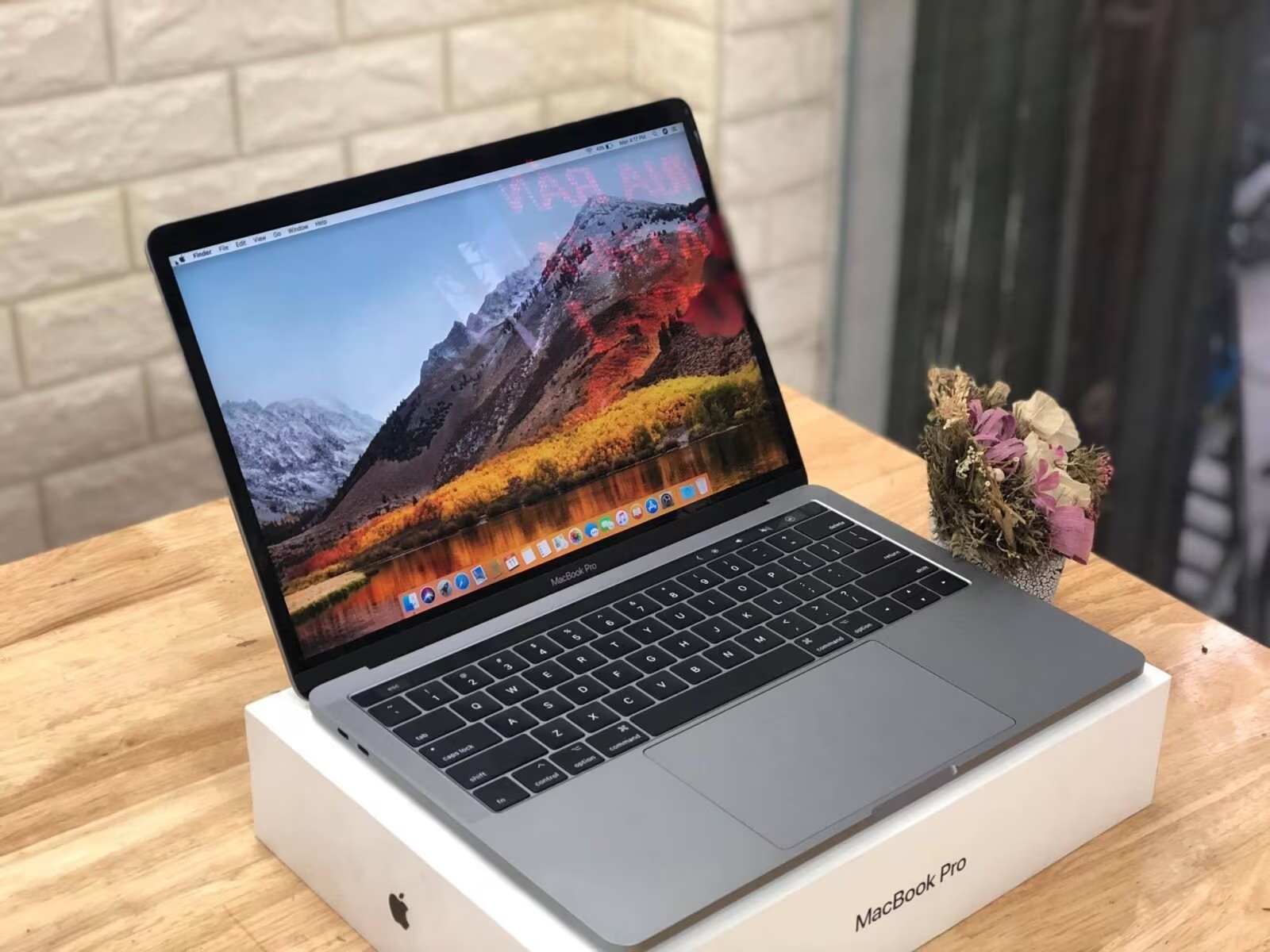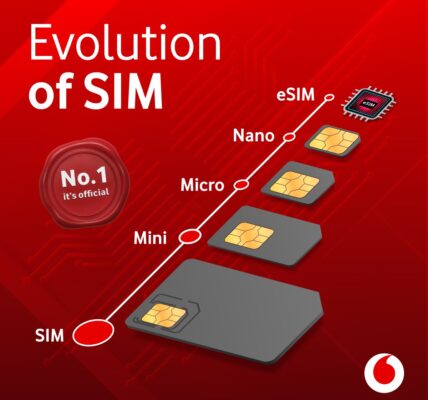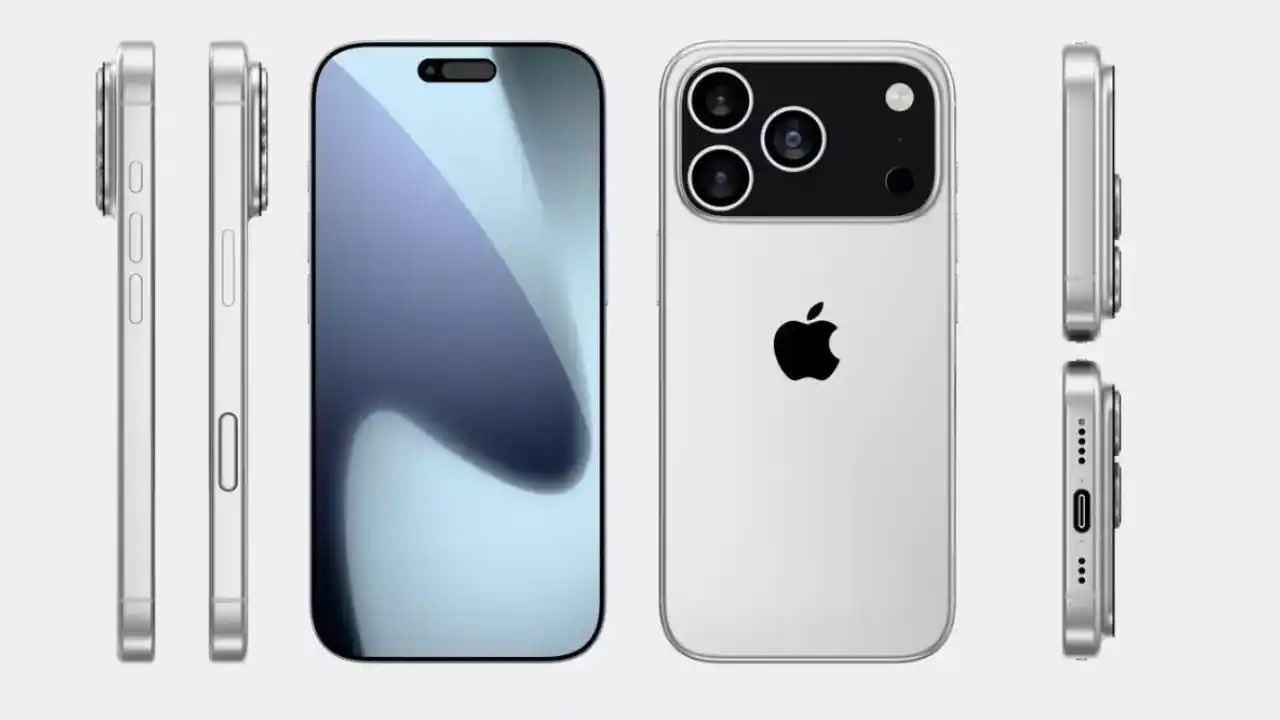Foldable Phones 2025: Revolutionary or Just a Gimmick That’ll Break Your Bank?
Introduction:
In the ever-evolving world of smartphones, foldable phones have emerged as one of the most exciting and controversial innovations. They promise to revolutionize the way we interact with our devices, offering the best of both worlds: the compact portability of a phone and the expansive screen real estate of a tablet. But with all the hype, the question remains: are foldable phones truly revolutionary, or are they just an expensive gimmick?
In this article, we’ll explore the current state of foldable phones in 2025. We’ll dive into their evolution, their pros and cons, and how they compare to regular smartphones. Whether you’re considering buying one or just curious about the technology, keep reading to find out if foldable phones are worth your hard-earned cash.
What Are Foldable Phones?
A foldable phone is exactly what it sounds like: a smartphone with a screen that folds in half, allowing it to transform from a compact device to a larger one. This flexible screen technology enables users to experience the convenience of a smaller phone without sacrificing the expansive display typically found on tablets or larger smartphones. In essence, foldables combine portability with versatility.
The Technology Behind Foldable Phones
The heart of a foldable phone is its flexible OLED (organic light-emitting diode) display. This technology allows the screen to bend without cracking, making it a crucial part of the device’s design. The hinge mechanism is another vital component, ensuring that the phone can fold and unfold smoothly without damaging the screen.
The Evolution of Foldable Phones: A Brief History
The First Foldable Phone: Samsung’s Bold Move
The first commercially available foldable phone, the Samsung Galaxy Fold, was released in 2019. It was a bold experiment in smartphone innovation. At first, the Galaxy Fold had several issues, including screen durability and reliability. However, it laid the groundwork for future foldables, showing that the technology was possible.
Early Struggles: Why Foldable Phones Didn’t Take Off at First
While the idea was captivating, foldable phones faced many challenges early on. From screen fragility to high prices and limited app support, early models were far from perfect. Many consumers were skeptical about the practicality and longevity of these devices. Despite these hurdles, manufacturers pushed forward, continuously improving the design.
2025: The Year Foldable Phones Truly Mature?
Fast forward to 2025, and foldable phones have come a long way. Manufacturers like Samsung, Motorola, and Huawei have refined the design and technology, leading to more durable, functional, and affordable models. In this year, foldable phones have reached a level of maturity that makes them a real contender in the smartphone market.
Foldable Phones in 2025: What’s New?
Improved Durability: Can Foldable Phones Survive Daily Use?
One of the most significant improvements in foldable phones in 2025 is their durability. Early models faced criticism for fragile screens and hinges, but advancements in materials like ultra-thin glass and stronger hinges have greatly increased the resilience of these devices. The foldable screens are now designed to withstand daily wear and tear, making them more reliable for everyday use.
Better Displays: The Leap in Screen Technology
Another key improvement is in the display quality. Foldable phones now feature brighter, sharper, and more vibrant screens. The flexibility of OLED technology allows for a seamless transition from a compact phone to a tablet-sized display, providing users with a stunning visual experience for everything from gaming to watching movies.
Foldable Phones for Different Purposes: Business, Entertainment, and More
In 2025, foldable phones are becoming more specialized. Business professionals can use the large screen for multitasking, while entertainment lovers can enjoy an immersive viewing experience. The versatility of foldable phones makes them suitable for a variety of activities, bridging the gap between mobile phones and tablets.
Pros of Foldable Phones in 2025
Portability and Convenience: A Compact Experience with Large Screens
One of the standout advantages of foldable phones in 2025 is their remarkable portability. These devices offer the benefits of a large screen—ideal for watching movies, browsing the web, gaming, or working on documents—without the added bulk of a traditional tablet. The ability to fold and unfold these phones means you can have a compact experience while still enjoying the versatility of a larger display when needed.
For consumers in Nigeria, where mobile data usage is skyrocketing, foldable phones provide the perfect balance. Mobile users crave portability, especially with the growing reliance on smartphones for tasks that once required a desktop or laptop. A foldable phone allows users to access a large screen on the go, which is a game-changer for users constantly on the move in bustling cities like Lagos or Abuja. In essence, foldable phones allow users to keep their devices small when in their pocket or bag, but have a tablet-sized screen available when they unfold it.
Foldable phones, like the Samsung Galaxy Z Fold 4, are particularly popular in this respect, offering a sleek design that easily fits in a pocket while providing a massive 7.6-inch screen when unfolded. In Nigeria, where space in bags or pockets can be a concern, this kind of convenience is highly appealing. Furthermore, for users who may rely on smartphones for work—from business meetings to virtual conferences—the flexibility of a foldable phone can replace the need to carry both a smartphone and a tablet.
Multitasking: Increased Productivity and Multiscreen Capabilities
Another benefit of foldable phones is their multitasking capabilities. Unlike regular smartphones, foldable phones come with the advantage of a large, flexible screen that allows users to run multiple apps simultaneously. This multitasking feature is a huge draw for individuals in business settings or those who rely on their phones for work in addition to entertainment. With the ability to split the screen and use apps side by side, foldable phones are making it easier for users to boost productivity and switch between different tasks.
In Nigeria, a growing entrepreneurial ecosystem is spurring the adoption of devices that offer more functionality and better work efficiency. With a multitasking phone, Nigerian professionals can easily take notes during a virtual meeting on one side of the screen while following up on emails or reviewing a document on the other side. This is a massive leap in terms of convenience for professionals who spend a significant amount of time on the move and need to get things done quickly. For example, foldable phones like the Samsung Galaxy Z Fold 5 allow users to use apps like Microsoft Office, Gmail, and social media apps simultaneously, without having to close one app to use another.
For business professionals, Samsung Galaxy Z Flip 4 offers a compact size, but with a large enough screen for basic tasks, allowing professionals in Nigeria’s bustling tech and business industries to maximize their time without compromising the size or productivity of their devices.
The rise in remote work in Nigeria, alongside the increasing use of video conferencing apps, also highlights the importance of a foldable phone’s ability to display video calls in landscape mode while accessing other resources in the background, enhancing overall productivity.
Innovation and Design: The Appeal of a Cutting-Edge Gadget
At the heart of foldable phones is their innovative design, which appeals to those who want to stay ahead of the technology curve. There’s something undeniably cool about owning a foldable phone. These devices often embody futuristic technology, and they have the power to turn heads with their unique designs. The fact that you can fold your device in half and fit it in your pocket, then unfold it to reveal a larger-than-life screen, feels like a glimpse into the future. This aspect of innovation and cutting-edge gadgetry draws tech enthusiasts and early adopters, especially those who love to showcase their new and unique gadgets.
Foldable phones’ ability to marry form and function in such a sleek design is perhaps one of the main selling points. While it’s easy to say that foldable phones are not essential, the wow factor they carry cannot be denied. It’s not just about the functionality—foldable phones feel like a statement piece, a device that shows off your taste and passion for technology.
In Nigeria, where tech culture is growing rapidly, the desire to stay updated with the latest innovations is pushing consumers toward foldable phones. From the design of the Samsung Galaxy Z Flip (which mimics the classic flip phone of the past with a modern twist) to the more functional Z Fold series, Nigerians who invest in these phones are often doing so as a status symbol, not just for practicality.
One notable example is the Samsung Galaxy Z Flip 4, which boasts a unique clamshell design that’s both compact and stylish. It allows users to fold their phone into a small, pocket-friendly size, but when unfolded, it delivers a full-sized smartphone experience with a gorgeous 6.7-inch OLED display. The retro design appeals to many Nigerians who want to capture both the modern smartphone experience and a nostalgic feeling with a nod to the flip phones of old.
Read Also Samsung A55 vs Samsung A56: Which One is Better for You?
Notable Foldable Phones in Nigeria
When discussing foldable phones in Nigeria, it’s important to highlight the key players that dominate the market. In 2025, the Samsung Galaxy Z Fold 5 and Z Flip 5 continue to be top-sellers in the country, thanks to their innovative technology and superior build quality. The Samsung Galaxy Z Fold 5 has become one of the most sought-after devices in Lagos, especially among those who prioritize multitasking and require a larger display for work or leisure.
Samsung’s Z Flip series, particularly the Z Flip 4 and Z Flip 5, have gained traction due to their unique clamshell design and more affordable pricing when compared to the larger Z Fold. These phones appeal to younger Nigerians and fashion-conscious users who enjoy the cool factor of folding their device and fitting it into their pocket.
On the other hand, the Motorola Razr 2025 has made waves with its own take on the foldable phone, with a more classic design reminiscent of the old Motorola Razr flip phone. This version has attracted a different demographic, focusing on those who want a mix of nostalgia with modern smartphone features.
Another noteworthy foldable is the Huawei Mate X2, which has been receiving attention in Nigeria, particularly from tech-savvy individuals. While Huawei faces some challenges in terms of Google apps availability due to the ongoing US trade restrictions, the Mate X2 still offers a competitive alternative for Android enthusiasts seeking something different.
As of 2025, foldable phones have secured a solid place in the Nigerian smartphone market, with sales expected to rise as more models with better features and lower prices become available. They appeal to a broad spectrum of users—whether it’s those looking for convenience, a powerful multitasking tool, or simply the latest in mobile technology.
Cons of Foldable Phones: Are They Really Worth the Price?
Cost vs. Performance: Are They Worth Your Hard-Earned Cash?
The biggest drawback of foldable phones is their price. They are significantly more expensive than traditional smartphones, with some models costing over $2,000. For many, this steep price tag raises the question: are they really worth it? While they offer exciting features, the high cost might not justify the benefits for everyone.
Durability Concerns: Are They Fragile or Just Overhyped?
Despite improvements in durability, foldable phones are still more susceptible to damage than regular smartphones. The hinge mechanism, which allows the phone to fold, can wear out over time, and the flexible screens are more vulnerable to scratches and creases than rigid glass displays.
Battery Life: Can Foldables Compete with Regular Smartphones?
Battery life remains a concern for foldable phones. While manufacturers have made strides in improving battery performance, foldables still lag behind regular smartphones in this area. The large screens require more power, and the compact design leaves little room for a larger battery.
How Do Foldable Phones Compare to Regular Smartphones?
Price Comparison: Is the Premium Justified?
When comparing foldable phones to regular smartphones, the most obvious difference is price. While high-end flagship smartphones can cost upwards of $1,000, foldables easily double or even triple that price. For some, the price difference isn’t justified, especially when the performance of foldable phones is similar to non-foldable options.
Performance Comparison: Are They Truly Better Than Non-Foldable Phones?
Performance-wise, foldable phones are on par with their non-foldable counterparts in many areas. They boast powerful processors, high-quality cameras, and fast internet connectivity. However, the higher price tag does not always translate to a significantly better user experience in day-to-day use.
The Future of Foldable Phones: Will They Take Over the Smartphone Market?
Potential Impact on Mobile Gaming and Entertainment
As foldable phones continue to improve, their potential impact on mobile gaming and entertainment is becoming clear. The larger screens and better graphics will make them an ideal choice for gamers and content consumers. This could drive a surge in popularity among users who prioritize media consumption on their devices.
Foldable Phones and the Rise of 5G Technology
With the rollout of 5G networks, foldable phones are becoming even more appealing. The faster speeds and lower latency offered by 5G technology will allow users to stream high-quality content, play games, and access cloud services more efficiently, making foldables even more valuable.
Should You Buy a Foldable Phone in 2025?
When to Buy: Is 2025 the Right Year for a Foldable Phone?
If you’ve been waiting for the perfect time to buy a foldable phone, 2025 might be it. The technology has matured, and there are now more options available at a variety of price points. However, if you’re on a budget or don’t need a large screen, a regular smartphone may still be a better choice.
Alternatives to Foldable Phones: Are They Worth Considering?
If you’re not sold on foldables, there are plenty of alternatives. Traditional smartphones are still evolving, with better cameras, faster processors, and improved battery life. Additionally, tablet-like phones with larger screens are available at a lower cost than foldables.
Conclusion: A Revolutionary Technology or a Passing Fad?
Foldable phones in 2025 are a fascinating piece of technology, offering exciting potential for innovation and convenience. However, their high price, durability concerns, and the fact that they may not be for everyone mean that they are not without their drawbacks. Whether foldable phones will become mainstream or remain a niche product is still uncertain, but they undeniably represent a major leap forward in the mobile tech world.
FAQs
1. Are foldable phones durable enough for daily use?
Yes, foldable phones in 2025 have improved significantly in terms of durability. The screens are now made with more resilient materials, and the hinges are designed to withstand everyday wear and tear. However, they are still more fragile than regular smartphones.
2. Why are foldable phones so expensive?
Foldable phones are expensive due to the advanced technology involved in their design and manufacturing. The flexible OLED screens, hinge mechanisms, and specialized components all contribute to the high cost.
3. Can foldable phones replace traditional smartphones?
For some users, foldable phones can replace traditional smartphones. They offer larger screens and unique multitasking capabilities. However, their high cost and potential durability concerns may make them impractical for others.
4. Are foldable phones more prone to screen damage?
Foldable phones are more susceptible to screen damage than regular smartphones due to their flexible nature. However, advancements in screen technology have reduced the risk of damage, making them more durable than early models.
5. How long will foldable phones last in the market?
Foldable phones are likely to become more mainstream as the technology improves. As 5G adoption grows and prices become more affordable, foldable phones could eventually take over the smartphone market. However, their long-term success depends on consumer adoption and continued innovation.




